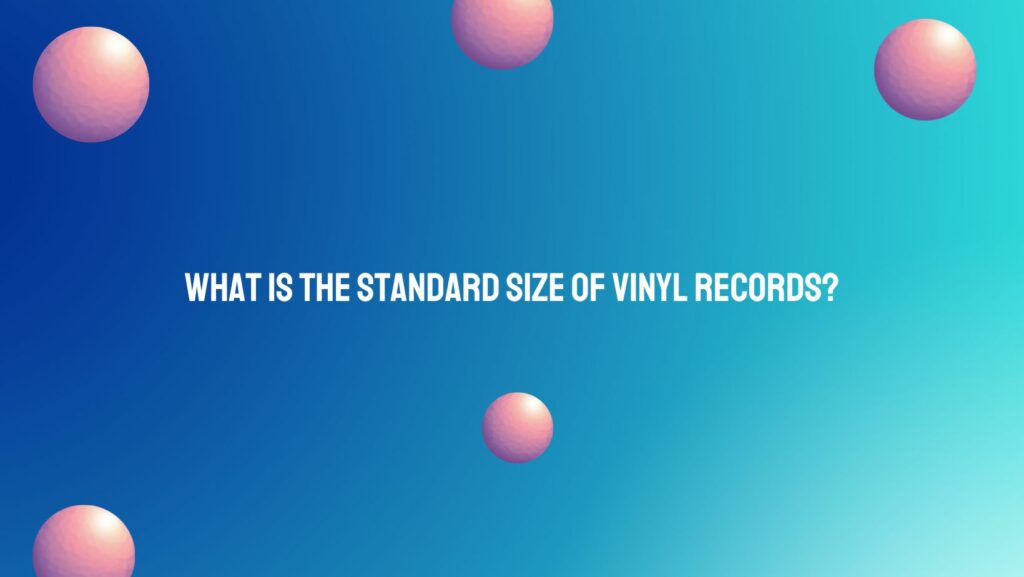In the era of digital music streaming, vinyl records continue to captivate audiophiles and music enthusiasts with their nostalgic charm and unparalleled sound quality. One of the intriguing aspects of vinyl records is their varied sizes, each contributing to a unique listening experience. This article unravels the mystery of vinyl record sizes, shedding light on the standards that have shaped the world of analog music.
- 12-Inch Vinyl Records: The Standard LP Size:
The most iconic size in the world of vinyl records is the 12-inch LP (long-playing) record. Spinning at a standard speed of 33 1/3 revolutions per minute (RPM), these records are known for their extended playtime, allowing for a more comprehensive collection of tracks on each side. The 12-inch LP has become synonymous with full-length albums, offering artists a canvas to present a cohesive musical journey to their audience.
- 7-Inch Vinyl Records: The Single’s Signature Size:
The 7-inch vinyl record, commonly referred to as the “45” due to its playback speed of 45 RPM, is the quintessential size for singles. These records typically feature one track on each side, making them a popular choice for releasing hit songs independently of full-length albums. The compact size of the 7-inch record has a distinct charm and has been a staple in the music industry for decades.
- 10-Inch Vinyl Records: The Artistic Interlude:
Less common but equally noteworthy is the 10-inch vinyl record. Positioned between the 7-inch single and the 12-inch LP, the 10-inch record offers a middle ground in terms of playtime and aesthetics. Artists often utilize this size for EPs (extended plays) or experimental releases, providing listeners with a unique and collectible format.
- Picture Discs and Shaped Records: Breaking the Mold:
Beyond the standard sizes, vinyl records have embraced creativity with picture discs and shaped records. Picture discs feature vibrant artwork embedded in the vinyl itself, while shaped records take on forms beyond the traditional circular shape. These variations add a visual dimension to the vinyl experience, making each record a work of art in its own right.
- Understanding the Grooves:
Regardless of size, all vinyl records share a common feature—their grooves. These grooves are the physical representations of the audio, with the needle of the turntable navigating them to produce sound. The size and spacing of these grooves are standardized, ensuring compatibility across different turntables and systems.
Conclusion:
The standard sizes of vinyl records are a testament to the versatility and enduring appeal of analog music. From the expansive storytelling of the 12-inch LP to the concise expression of the 7-inch single, each size contributes to the rich tapestry of vinyl culture. Whether you’re a collector, audiophile, or casual listener, understanding the significance of these sizes adds depth to the appreciation of vinyl records as both a medium of art and a conduit for timeless musical experiences.


